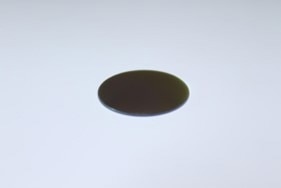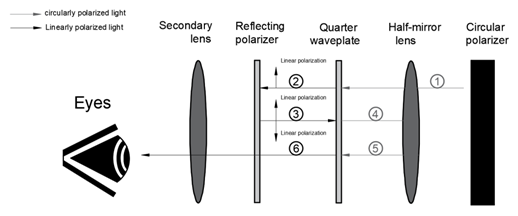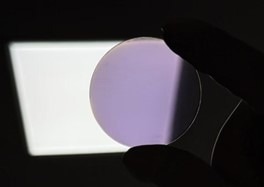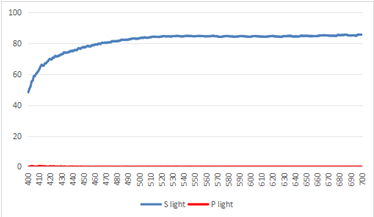Avantier’s Pancake lenses offer a cutting-edge optical solution tailored for next-generation Virtual Reality (VR) headsets. Using a folded optical path structure, these lenses help create thinner, lighter, and more immersive head-mounted displays. This is achieved through the integration of reflective polarizing films and quarter-wave plates.
Designed to meet the high-performance demands of modern VR optics, the Pancake Lens offers improved image clarity, efficient use of space, and exceptional miniaturization.

A pancake lens. Image Credit: Avantier Inc.
Key Features
- Folded Optical Path Design: Uses several internal reflections to obtain a dense structure while ensuring high-quality images
- Miniaturization:
- Lessens optical thickness by 60–70 %
- Reduces headset weight by 30–40 %
- Reduces the distance between the display and the lens
- Superior Image Performance:
- The multi-lens combo rectifies both distortion and chromatic aberration
- Allows for more defined edge details and enhanced contrast
- Effective Utilization of Space: Clears up internal space for sensors, batteries, and extra modules in VR devices
The Working Rule of Pancake Structure
The Pancake structure integrates a reflective polarizing film, a quarter-wave plate, and a semi-reflective mirror to efficiently fold the optical path. Light transmission consists of:
- Conversion between circularly and linearly polarized light
- Strategic internal reflections
- Efficacious stray light suppression
- Enhanced light transmission to the user’s eye
This setup allows for a compact optical path without compromising visual accuracy or brightness.

Optical path of pancake lens structure. Image Credit: Avantier Inc.
Use Cases
- Virtual Reality Headsets
- Folded Optical Systems in Augmented Reality (AR) Windshields
- Curved Head-Up Displays (HUDs)
Manufacturing Capabilities: Polarizing Film Lamination
The lamination process is key to the Pancake lens’s performance, requiring precise adhesion of a polarizing film and quarter-wave plate to the curved lens surfaces.
Key Technical Features:
- Optical axis tolerance: ±0.5°
- Surface shape accuracy: PV < 2 fringes @ 633 nm
- Visual inspection pass rate: ≥99.5 %
Process Innovations:
- High-precision vacuum laminating (±1 µm)
- Low-modulus optical adhesives (≤3 MPa)
- Sophisticated visual alignment systems
Case Study
- Lens Type: Convex-concave H-K9L
- Diameter: Φ42 mm | Radius: 130 mm
- Lamination: Polarizing film on convex surface
Results:
- 100 % cosmetic quality
- Surface deviation: PV = 1.8 fringes
- Transmittance deviation: <1 % (400–700 nm)
- Polarization degree: >99.5 %
- Optical axis deviation: 0.3°

Product appearance. Image Credit: Avantier Inc.

Transmittance curve. Image Credit: Avantier Inc.
The Future of Pancake Lenses
As virtual reality headsets move toward slimmer profiles (less than 30 mm) and broader fields of view (greater than 150°), Avantier is continuously advancing its Pancake Lens technology to meet these evolving demands.
Key developments include:
- Nanoscale precision bonding to accommodate complex, freeform surfaces
- AI-powered machine vision for fast, accurate defect detection
- Innovative materials, such as flexible polarizers and stretchable adhesives
With vast expertise in optics and precision lamination, Avantier supports high-volume production while maintaining exceptional quality. Its goal is to help make lightweight, high-performance VR more accessible, shifting it from premium niches to everyday experiences.

This information has been sourced, reviewed and adapted from materials provided by Avantier Inc.
For more information on this source, please visit Avantier Inc.